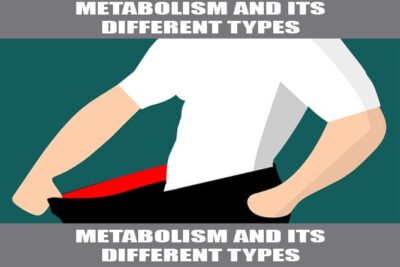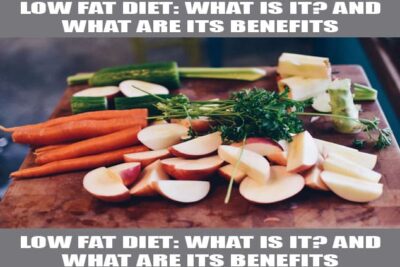
Functional Training: What is it?, Benefits, Routines and Types
When we use the word "functional" to describe something, the first thing that comes to mind is something that is practical and useful, something that can fulfill a specific purpose or function. If we apply this definition to the concept of functional training, we are talking about a form of exercise in which each movement is designed to fulfill a specific function .
It is important that functional training is adapted to each athlete. The trainer's job is to design a training program based on the client's needs and objectives, adapted to their characteristics and taking into account factors such as previous injuries.
What is functional entreitenement?
Functional training is based on the use of exercises that follow the natural movements of the body, and are designed to train muscles and joints in an integrated way. The main advantage is that the exercises are completely adapted to the physical abilities of the individual, which makes it a very effective form of personal training. It improves mobility, flexibility, and balance, improves cardiorespiratory fitness, corrects posture, increases muscle mass, and helps maintain body weight .
One of the most popular functional exercises is the deep squat . This unique movement, which mimics the sitting position, has many benefits when done correctly. The deep squat activates various muscle groups, including your spine, glutes, biceps, quads, and abs. By strengthening these muscles, you can increase hip flexibility, improve cardiorespiratory fitness, strengthen leg muscles, improve posture, and much more.
This example illustrates why functional training is so effective. By performing short and progressively more intense exercises, the muscle groups are worked in a chain. This means that instead of working one muscle group with a single exercise, multiple muscle groups are activated with a single exercise to achieve an overall effect .
Benefits of functional training
As mentioned above, functional exercises are designed to develop motor skills, balance, muscular strength, and endurance according to the individual's physical capabilities. Therefore, it has great benefits for our health.
- Global muscle strengthening: as the muscles are trained as a unit and not individually, the training is more effective and the entire muscle chain is strengthened in a single movement.
- Increased flexibility and mobility: The general mobility of the body, joints and muscles is greatly improved.
- Improved posture .
- Back Pain Relief: Improving posture strengthens the lower back and helps prevent pain.
- Reduces body fat: In combination with a healthy diet, functional training reduces the amount of fat stored in the body.
- Improved self-esteem: the endorphins produced by exercise make us happier and, combined with general toning and fat loss, improve our self-esteem and make us feel better about our body.
- Optimize performance: athletes who play tennis, run or swim will use functional exercises to strengthen the muscles most involved in these sports and to compensate for those less involved. This way you get better results.
Types of functional training
There are many different types of functional exercises, but here are some of the most effective functional training exercises to get you started.
- Pull-ups.
- strides.
- Pull-ups.
- strides.
- ABS.
- Core tables.
- deep squats
- Swings with bar.
functional training routines
Here are some functional training exercises that you can do at home, in the gym or outdoors. If you train at home and don't have an exercise machine, you can use a broom, a mop, a 2, 5 or 8 liter water bottle and relatively heavy objects, such as dumbbells . If you don't feel well or don't want to use additional weights for whatever reason, you can always use your own body weight. You will gain strength, flexibility and endurance.
Cardio and aerobic training
Running, jumping and HIIT revitalize the body and complement strength training. There are also sit and jump exercises and burpees.
Suspension training or TRX
TRX offers a variety of exercises to activate muscles throughout the body. It is sold in sports stores and can be installed in specific places. It uses gravity and body weight as elements of resistance.
suspension exercise
Push-ups can be done with a bar, which can be found at lawn furniture or sporting goods stores. These bars are usually placed in the portals or corridors and are properly supported. Hanger bars should be inspected periodically as they can break due to wear or poor support, which can result in injury to the user. Dumbbell dips can be used to strengthen your entire back, shoulders, biceps, triceps, and core muscles.
push-ups
Push-ups strengthen the muscles mentioned in the previous section. There are also different variations that allow you to work the muscles at greater or lesser intensity. Some types of bending are:
- of arms
- Asymmetrical.
- Diamond.
- of spider
- One handed.
With knees supported.
squats
This exercise strengthens the muscles of the lower body. To increase the intensity of the exercise and increase muscle mass, it is recommended to use additional weights such as dumbbells or barbells.
ABS
A bending and stretching exercise using your own body or exercise equipment. The best exercises for the abdominal muscles are those that take into account the natural position of the body. There are many different ways to do a plank, some of which require more balance and strength than others.






























Content that may interest you